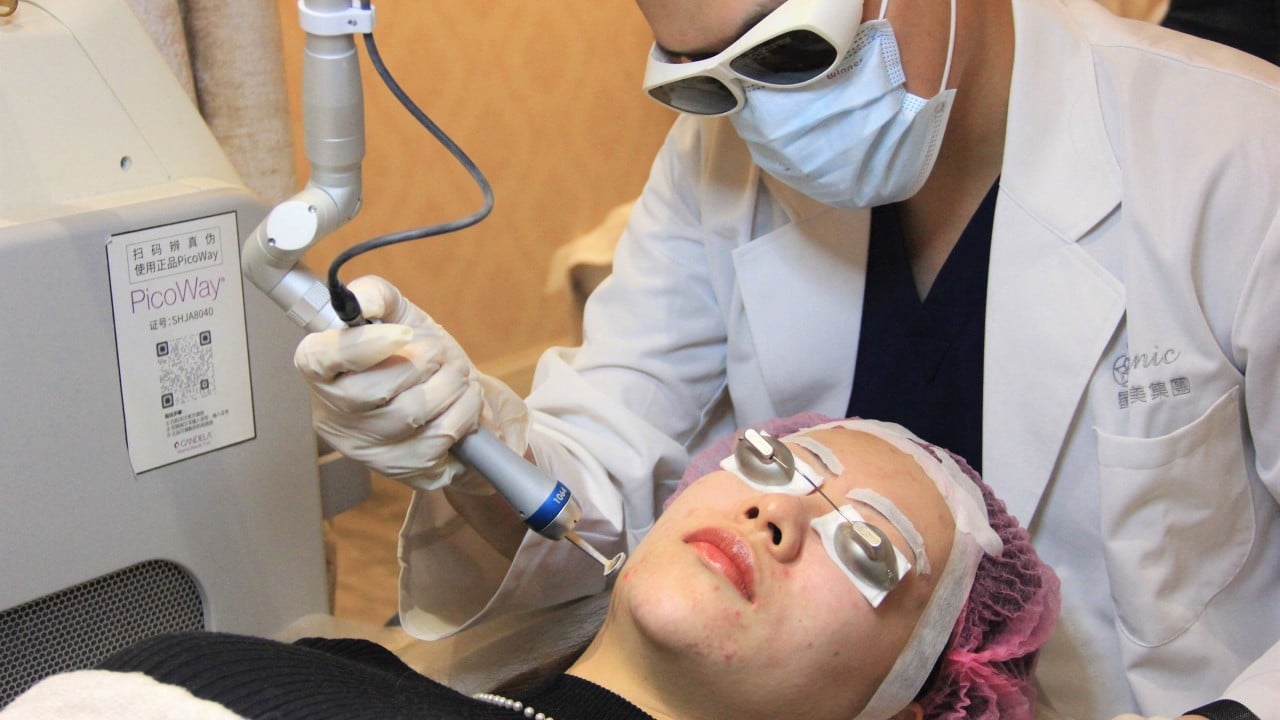
‘C-beauty’ brands such as Jala and Proya no longer ‘cheaper substitutes’, ready to rival likes of L’Oreal and Dior in China, Euromonitor says
- Chinese beauty brands, or ‘C-beauty’ brands, have seen their sales grow 51 per cent between 2017 and last year, outperforming the overall market’s 42 per cent growth
- It is time to tear off the ‘dupe’ label and target premiumisation, Euromonitor executive says
Chinese beauty brands, or “C-beauty” brands, have seen their sales grow 51 per cent between 2017 and last year, outperforming the overall beauty and personal-care market’s 42 per cent growth in the same period, according to the Euromonitor International China Beauty report, which was released last week.
These brands have the potential for longer life cycles and expansion beyond China, said Yang Hu, insight manager at Euromonitor.
“Consumers perceived C-beauty as the ‘cheaper substitute’ or ‘dupe’ for international brands,” Yang said. “Now, it’s time to tear off the ‘dupe’ label [and] target premiumisation.”
L’Oréal partners with Alibaba, key suppliers on China decarbonisation push
The findings are significant because China’s beauty and personal-care market was worth US$78.9 billion last year, with the skincare segment worth US$41 billion and colour cosmetics accounting for US$8.2 billion. C-beauty brands accounted for 28 per cent of retail sales among the top 20 brands sold in China last year, an increase from 14 per cent in 2017.
While international brands such as L’Oreal Paris, Estee Lauder, Yves Saint Laurent and Christian Dior dominate the market, personalisation and product development have allowed local brands to play catch-up.
C-beauty companies such as Jala and Proya have shown potential through new product development and marketing strategies targeting younger generations, and emerging new brands such as Winona and Florasis have pushed ingredient and product format innovation, according to the Euromonitor report.
Digitalisation has also contributed to the rise of C-beauty brands. A large part of their sales is generated through online engagement and the live-commerce activity of top influencers.
E-commerce platforms such as AliExpress and Shein have also allowed C-beauty brands to introduce their products to overseas consumers. But awareness of these brands lags behind that of Korean and Japanese beauty brands globally. To tackle this challenge, some C-beauty companies have tried to attract consumers in global markets by offering affordable prices and diversified choices.
Foreign brands flock to China’s Hawaii as consumption rebounds
And while C-beauty brands have shown strong growth momentum, short life cycles remain a challenge.
China’s Gen-Z consumers prep for bout of ‘revenge’ spending on personal care
“Premium fragrances is an unmet category and will become the next sector to see more C-beauty brands thriving,” Yang said. The fragrances sector in China was valued at US$1.9 billion last year.
The fragrance segment has seen relatively low per-capita spending, which could signal significant market potential, Yang said. Per-capita fragrance consumption in China stood at US$1.5 last year, much lower than the US$4 and US$12, respectively, in developed Asian markets such as Japan and South Korea.
“As fragrances become integrated into Chinese consumers’ daily routines, per-capita fragrance usage will rise,” Yang said.


